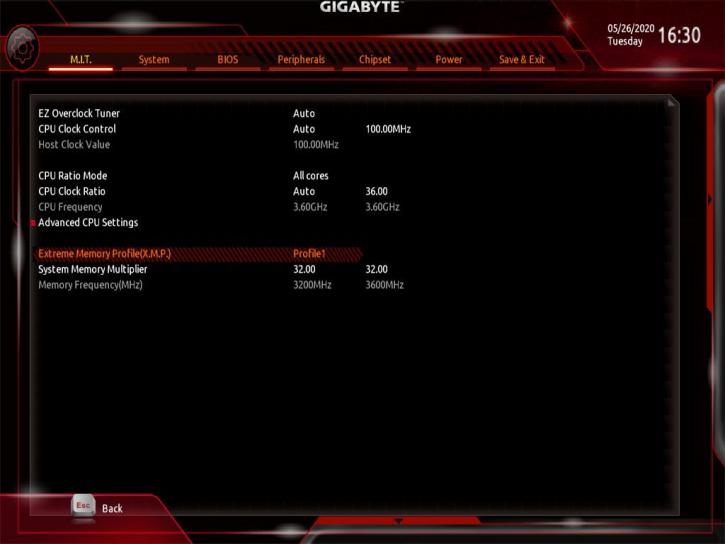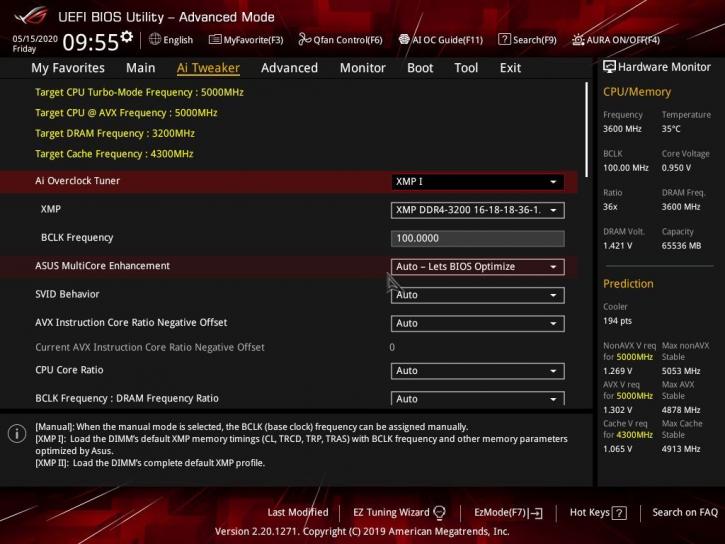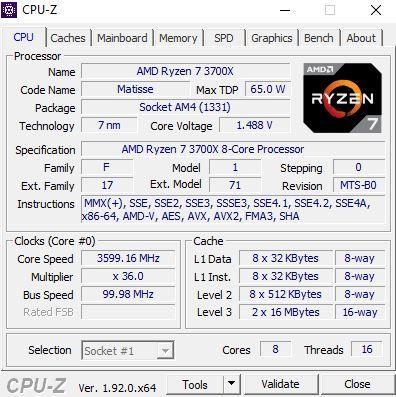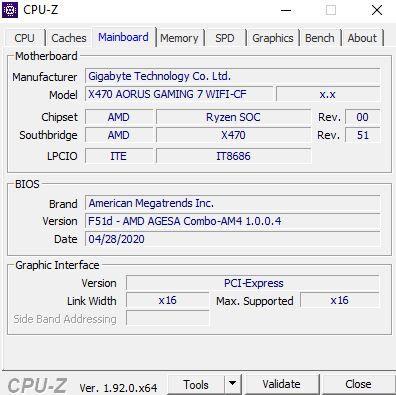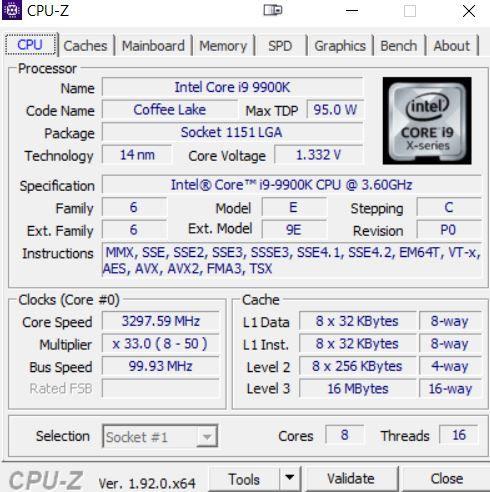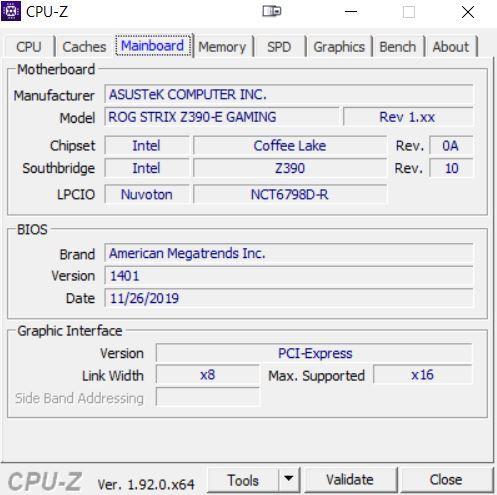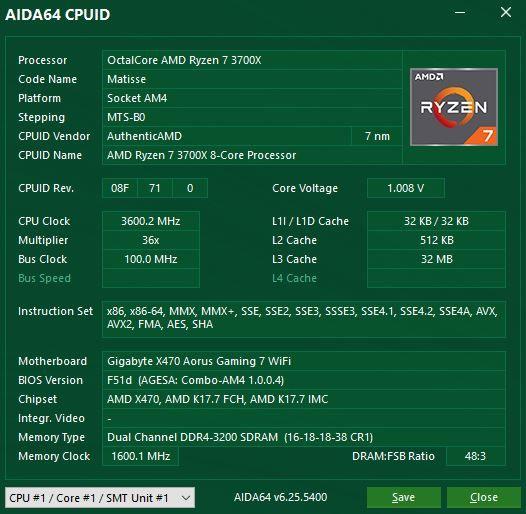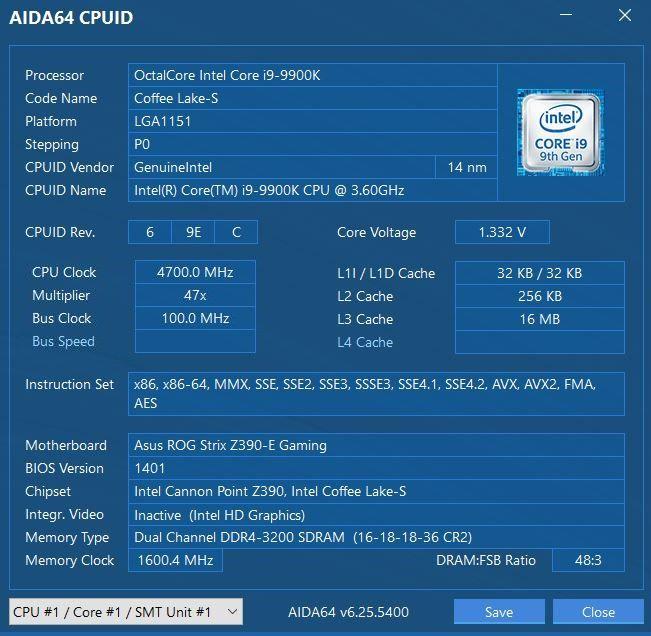CPU-Z – DDR4 with an AMD Ryzen 7 3700X/Intel Core i9 9900K, with XMP enabled
X to the MP yo!
Let’s start with CPU-Z. It’s the basic tool for checking the current configuration of the system. In most cases, you should just enable the XMP profile, and that’s it. Otherwise, at default settings, the memory will be running at 2133 MHz, and that can definitely slow down your rig. Sometimes XMP won’t work, so you might have to set the timings manually. With the Aorus X470 Gaming 7 WIFI and Asus Strix Z390-E Gaming, all it took was to change one setting (XMP profile with DDR4-3200), save the BIOS, and reboot.
One remark though: as was the case with some Patriot, Apacer and Corsair kits, there is no QVL list on the manufacturer’s website this time as well. However, we haven’t encountered any problems, and the system booted with the memory running at 3200 MHz without any issues. Basic info about the used CPUs and motherboards. AMD first:
Then the Intel system.
Now what we have here for AMD:
And for Intel:
DDR4 does indicate a double data rate, so you don’t have to worry about the displayed memory clock, as the effective RAM frequency is 3200 MHZ. For X470/X570 or Z370/Z390, there’s no problem with achieving even 3600 MHz.
Please make note of this: In Ryzen 3000 systems, as soon as you go higher than DDR4-3733, a 2:1 multiplier kicks in, and Infinity Fabric starts working at half the memory clock frequency. The 2:1 multiplier switches on at DDR4-3733, so do keep in mind that this will affect the speed at which the various core complexes within the CPU can communicate with each other. So, for the best overall system performance, we recommend stopping at DDR4-3600.

